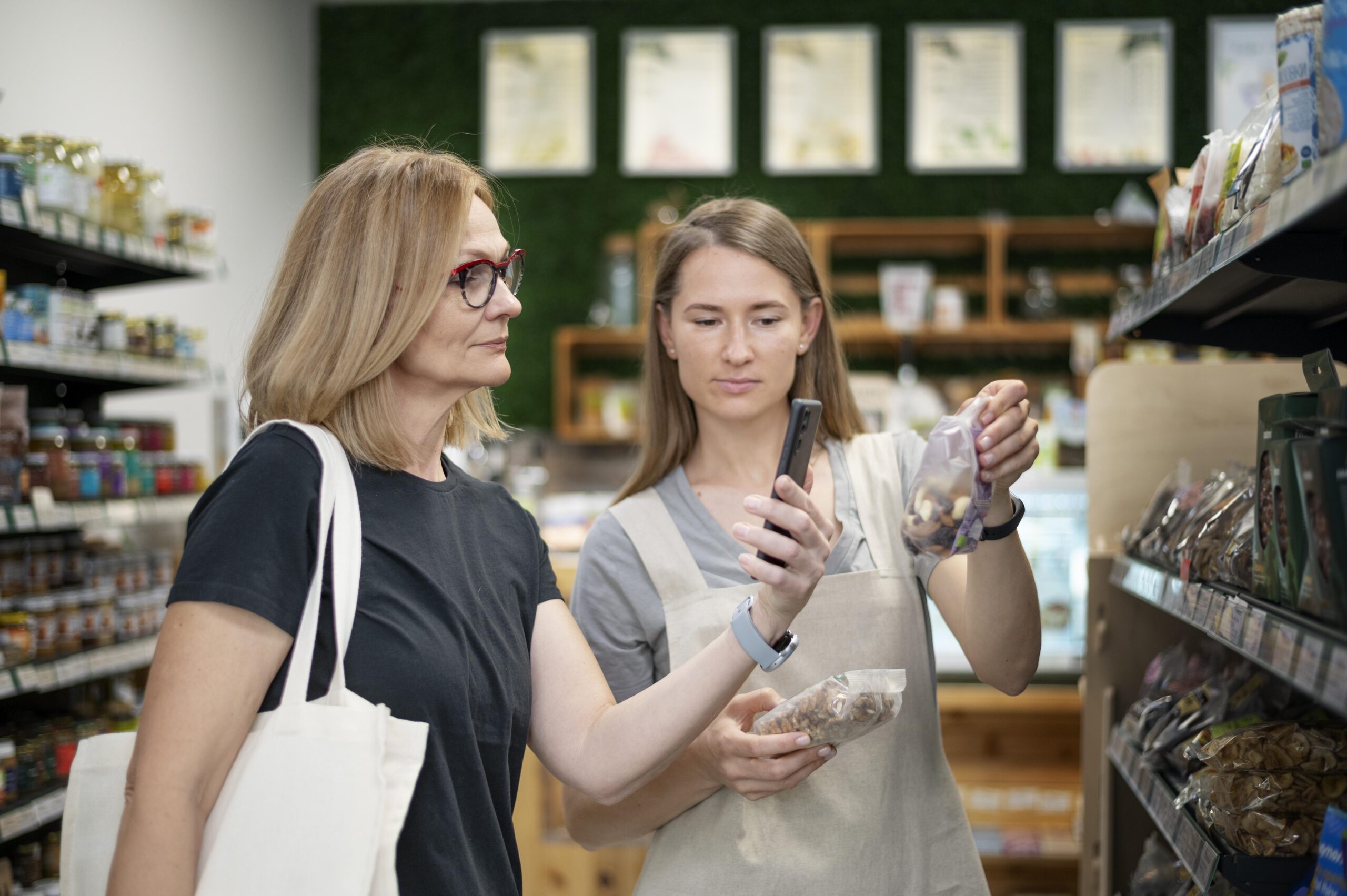Consumer behaviour is changing rapidly. This shift impacts various retail sectors significantly. People are shopping differently than they did a few years ago. They seek more convenience, speed, and fresh products. This transformation affects how businesses operate and serve their customers.
Convenience stores are evolving to meet these new demands. They are adapting by expanding product ranges, improving store layouts, and integrating technology. These changes are crucial to staying relevant in a competitive market. Convenience stores are no longer just for quick snacks or emergency items. They are becoming essential stops for fresh produce, ready-to-eat meals, and even household goods.
Adapting to these changes is vital for the survival and growth of convenience stores. Those that fail to evolve may lose their customer base. Conversely, those that embrace change can thrive and attract more customers. By understanding and responding to new consumer preferences, convenience stores can ensure their continued relevance and success in the retail industry.
Understanding Changing Consumer Preferences
- Shift in Shopping Habits
Consumers are moving towards more frequent, smaller shopping trips. Instead of stocking up with large, infrequent purchases, people now prefer to shop more regularly. This shift means convenience stores are visited more often for quick buys. Customers are looking for easy access to daily essentials without the need for a big shop.
- Demand for Fresh and Local Produce
There is a growing preference for fresh, organic, and locally sourced products. Shoppers want healthier options and are more conscious of where their food comes from. This trend has led to an increase in demand for fruits, vegetables, and other fresh items. Supporting local farmers and producers is also becoming more important to consumers.
- Convenience and Speed
Quick and easy shopping experiences are increasingly important. Customers value the ability to get in and out of a store quickly. They prefer stores that are easy to navigate and where products are easy to find. Convenience stores are redesigning their layouts to speed up shopping.
- Technological Integration
Digital solutions, like mobile apps and contactless payments, are on the rise. Mobile apps offer features such as checking product availability and accessing digital coupons. Contactless payments make the checkout process faster and more convenient. These technologies enhance the overall shopping experience and meet the growing demand for speed and efficiency.
By understanding these changing consumer preferences, convenience stores can better meet the needs of their customers. This adaptability is crucial for maintaining relevance in the fast-evolving retail landscape.
Stocking Diverse and Healthier Products
- Expanded Product Range
Stores are increasing their variety of products. They now stock more international and specialty foods. This expansion caters to diverse tastes and dietary needs. Customers can find unique items not available in traditional supermarkets. The wider selection helps meet the preferences of a broader customer base.
- Health-Conscious Options
Convenience stores are including more health-oriented products. There is a growing selection of organic, gluten-free, and vegan items. These products cater to health-conscious consumers. Shoppers are more aware of their dietary choices and seek healthier alternatives. Stores are responding by offering products that align with these preferences.
- Ready-to-Eat Meals
Pre-packaged, healthy meals and snacks are becoming very popular. Customers value the convenience of ready-to-eat options. These meals save time and offer a healthier alternative to fast food. Stores are stocking a variety of nutritious, pre-prepared items. This meets the demand for quick, healthy eating solutions.
Enhancing In-Store Experience
- Store Layout and Design
Convenience stores are changing their layouts to facilitate quick shopping. A well-organised store layout makes it easier for customers to find what they need. Clear signage and logical product placement enhance navigation. Stores are reducing clutter and creating open spaces. These changes make the shopping experience more pleasant and efficient.
- Customer Service Improvements
Friendly and knowledgeable staff are essential for a good shopping experience. Convenience stores are focusing on training their employees. Well-trained staff can assist customers quickly and efficiently. Good customer service builds loyalty and encourages repeat visits. Shoppers appreciate when staff are approachable and helpful.
- Community Engagement
Convenience stores are building a community feel through local events and promotions. Hosting events such as food tastings or local fairs fosters a sense of community. Promotions that support local charities or schools create positive connections. These efforts help stores become more than just a place to shop. They become integral parts of the community, enhancing customer loyalty.
Leveraging Technology
- Mobile Apps and Loyalty Programs
Mobile apps and digital loyalty programs are enhancing the customer experience. Mobile apps provide features like product availability checks and personalised offers. Digital loyalty programs reward repeat customers with discounts and special deals. These tools make shopping more convenient and rewarding. Customers appreciate the ease of accessing discounts and managing their shopping through their phones.
- Online Shopping and Delivery
The integration of e-commerce platforms and delivery services is transforming convenience stores. Customers can now shop online and have their items delivered to their doorsteps. This service is especially beneficial for busy individuals and those who prefer to avoid physical stores. Online platforms often include options for same-day or next-day delivery. This convenience is becoming a standard expectation among shoppers.
- Smart Inventory Management
Data analytics is being used for better stock management and personalised offerings. Smart inventory systems track product sales and predict demand. This helps stores maintain optimal stock levels and reduce waste. Data analytics also enables stores to offer personalised recommendations to customers. These insights improve customer satisfaction and operational efficiency.
Sustainability Efforts
- Eco-Friendly Practices
Convenience stores are adopting eco-friendly practices. They are reducing plastic usage by offering alternatives such as paper or biodegradable bags. Many stores now promote the use of reusable bags to decrease plastic waste. Sustainable sourcing is a priority. Stores prefer eco-friendly products. These initiatives help reduce the overall environmental impact of retail operations.
- Waste Reduction
Efforts to minimise Food Waste are gaining momentum. Better inventory control ensures that stores stock the right amount of products, reducing excess. Many stores are partnering with food banks to donate surplus items. This not only helps those in need but also prevents food from ending up in landfills. Such measures are crucial for promoting sustainability and responsible consumption.
Read More: Tips to Increase your Sales with Confectionery Items
Conclusion
Convenience stores are adapting to consumer needs. They are offering healthier products, enhancing experiences, using technology, and adopting eco-friendly practices. They now stock more international foods, improve layouts, and accept mobile payments. This speeds up shopping. These changes are vital for staying competitive and meeting modern demands.
In the future, stores will likely adopt more tech. They will also focus on sustainability and community. To support them, visit your local store. Explore new products and join community efforts. Your feedback is valuable.





